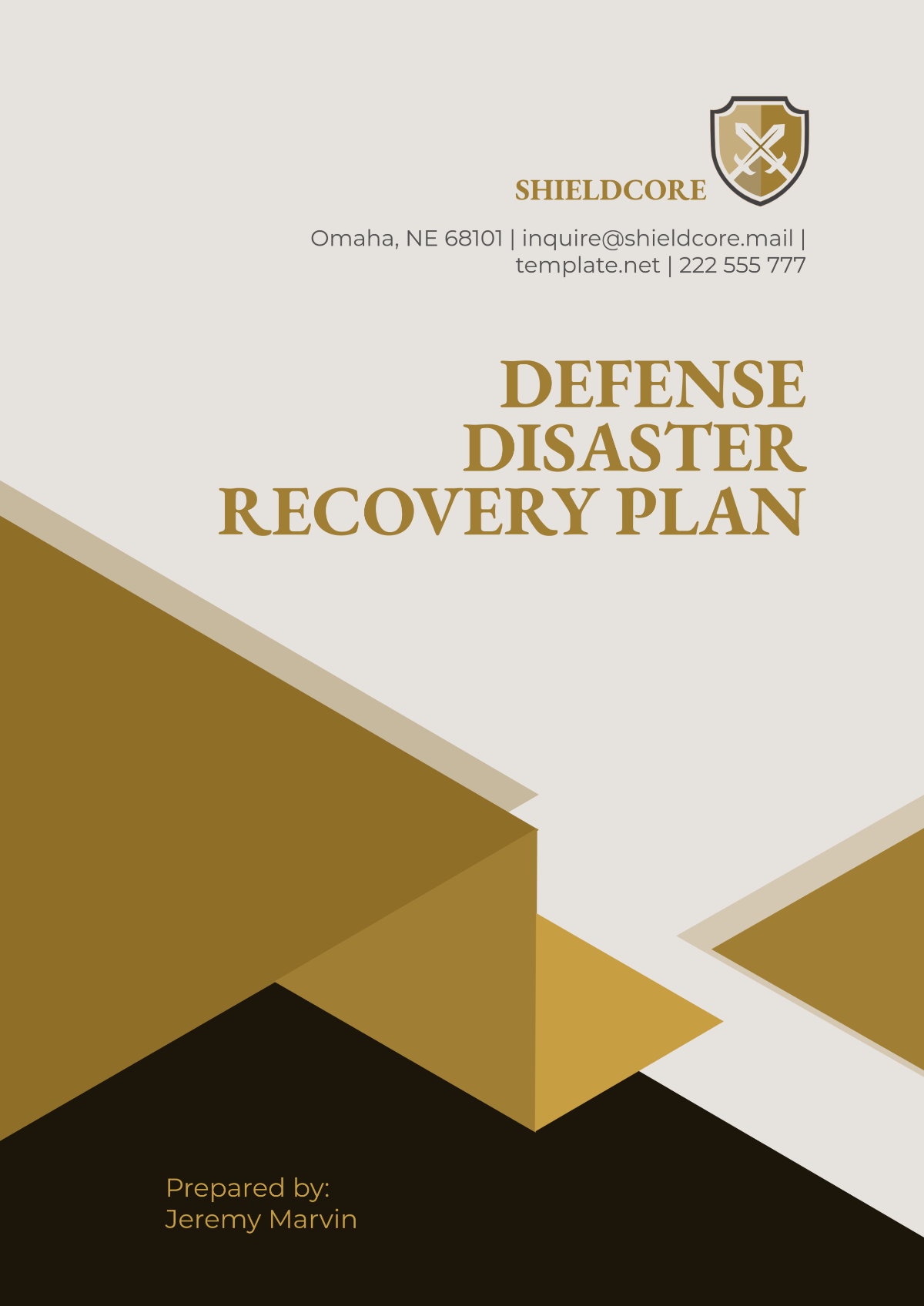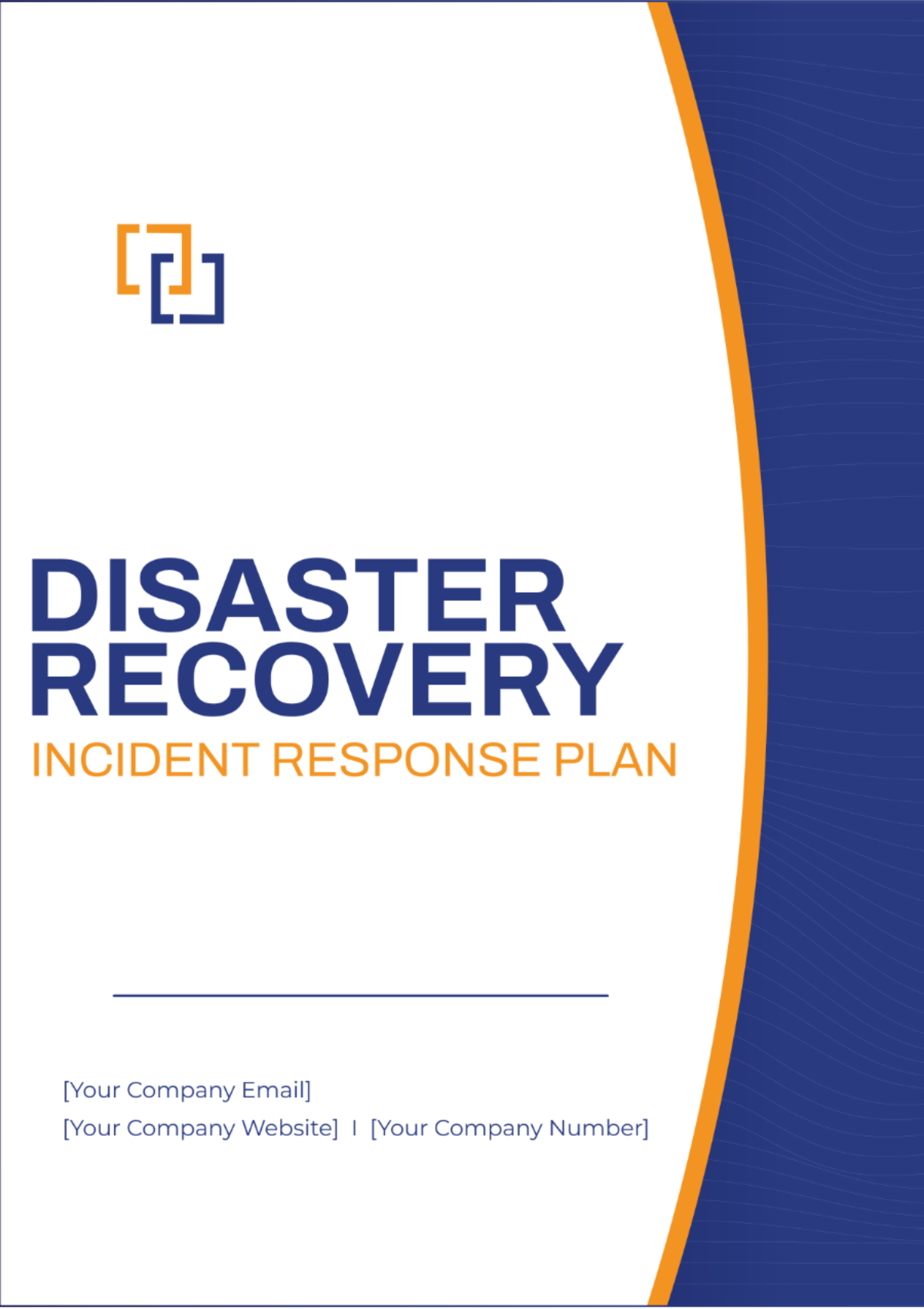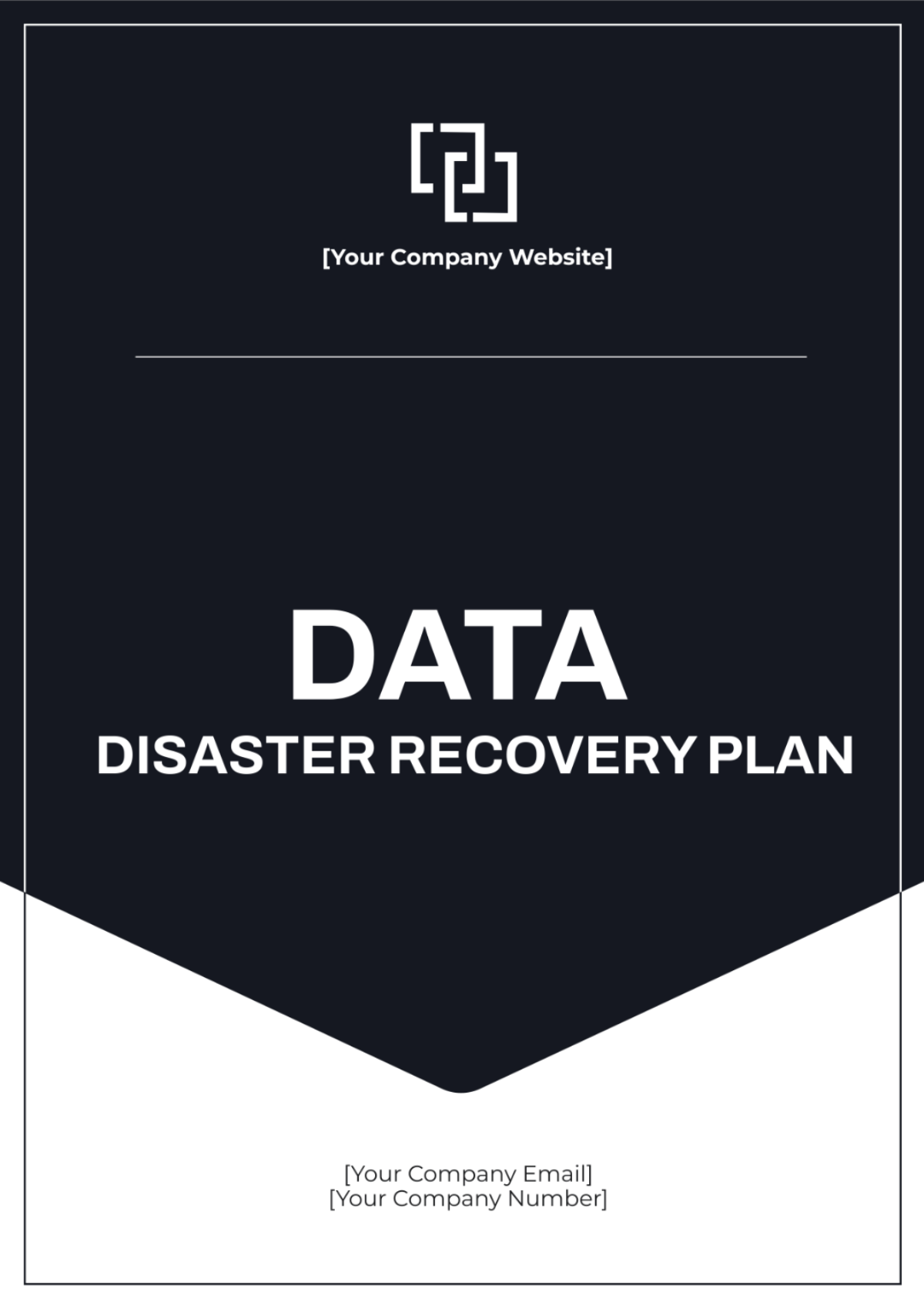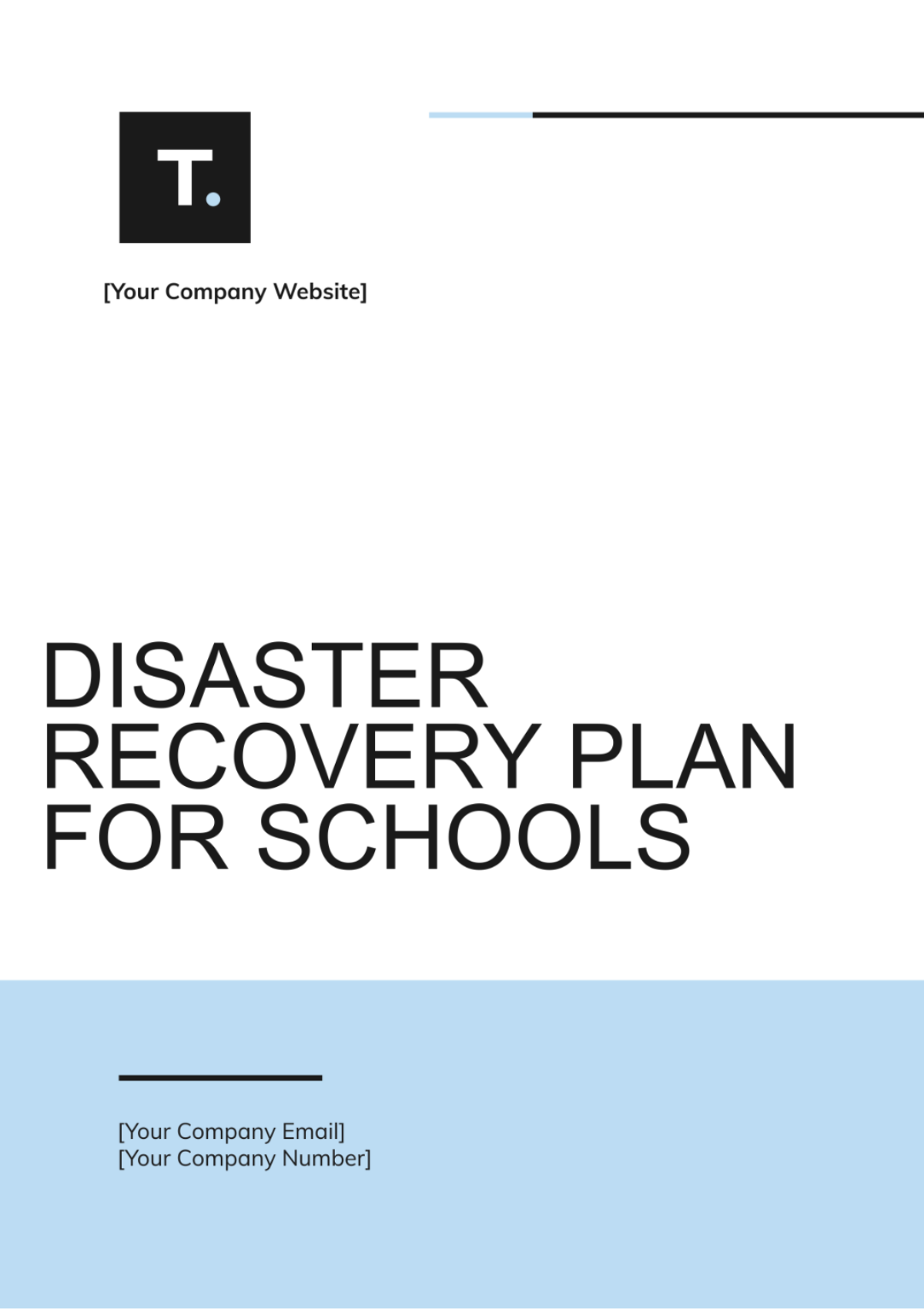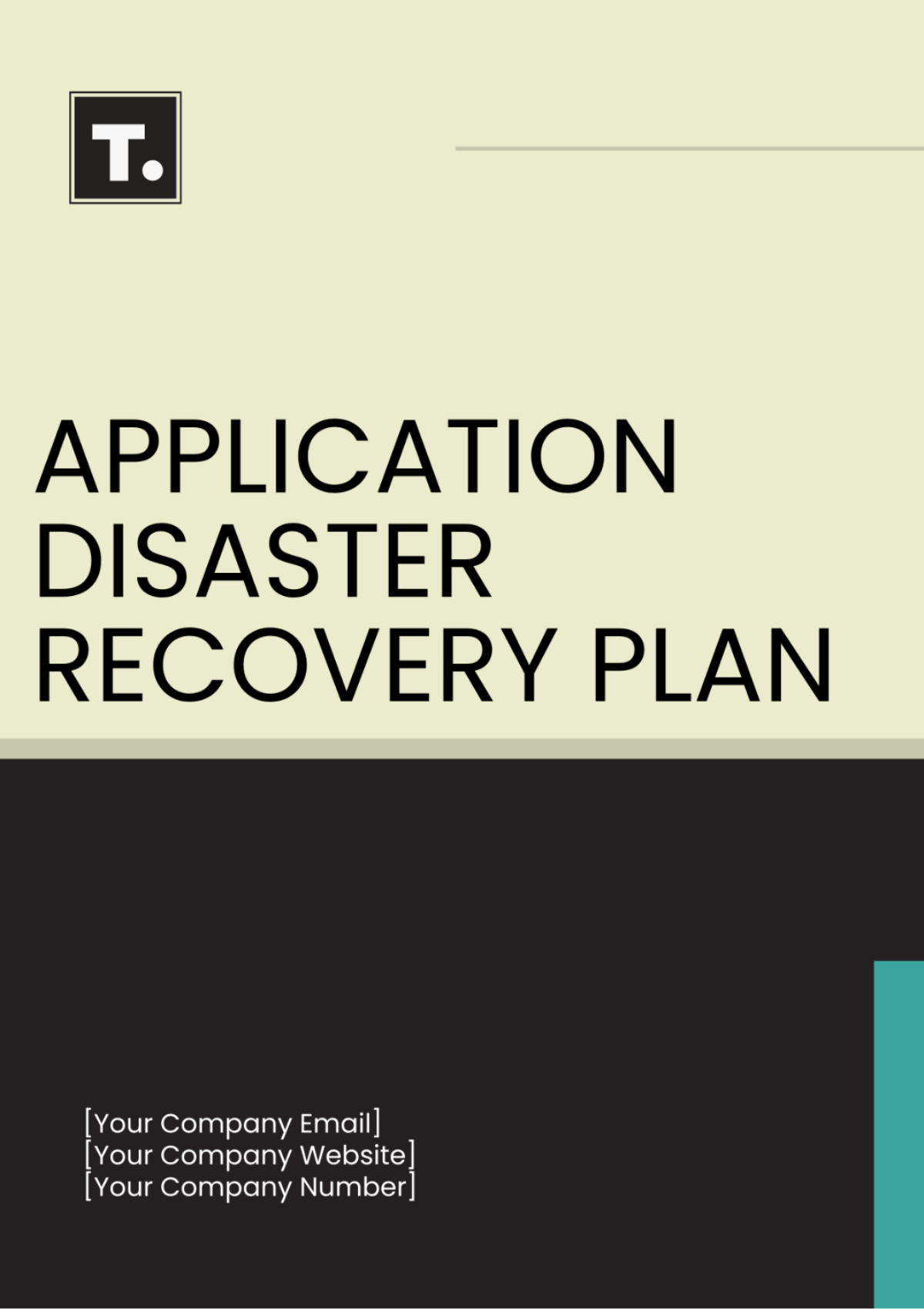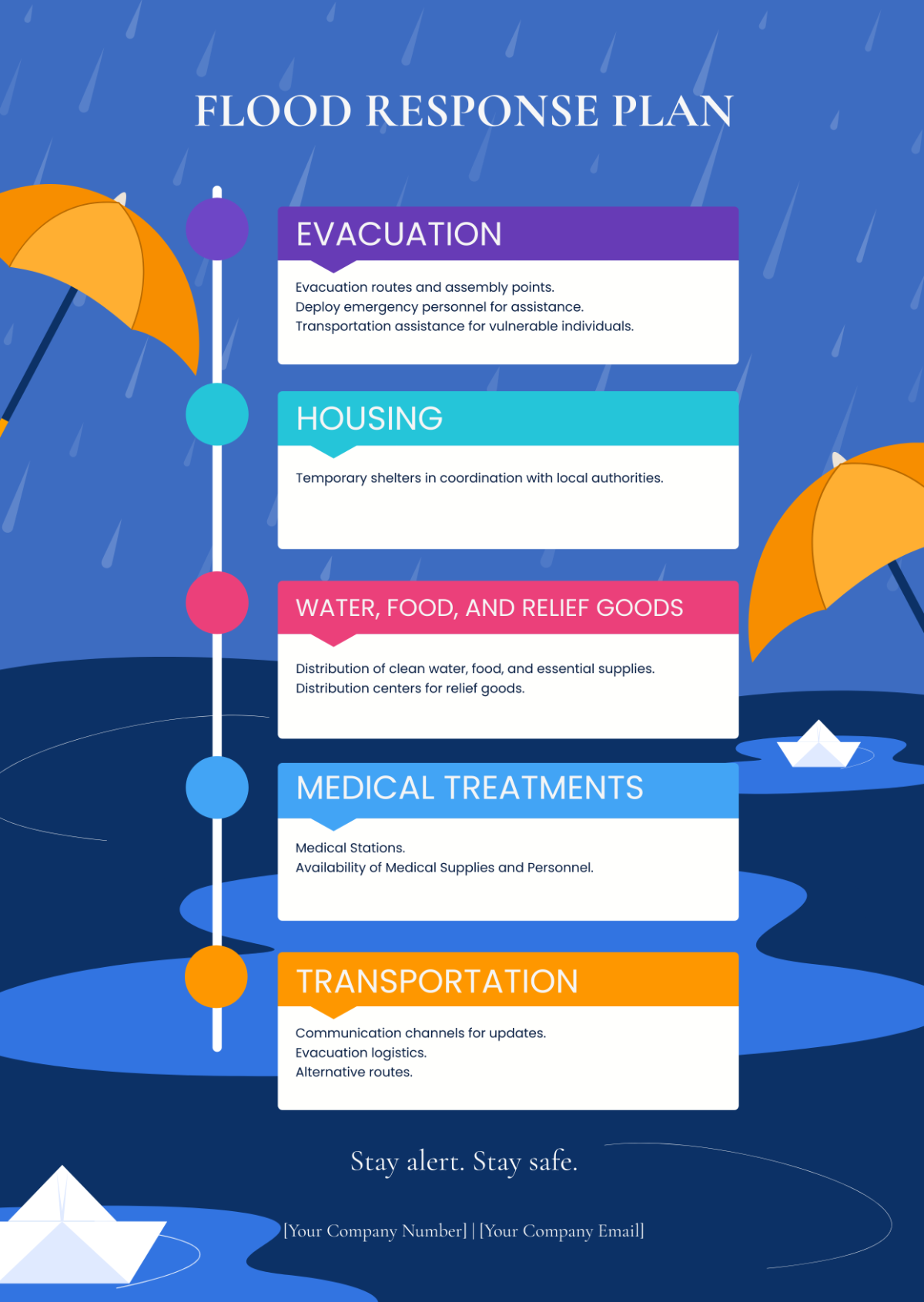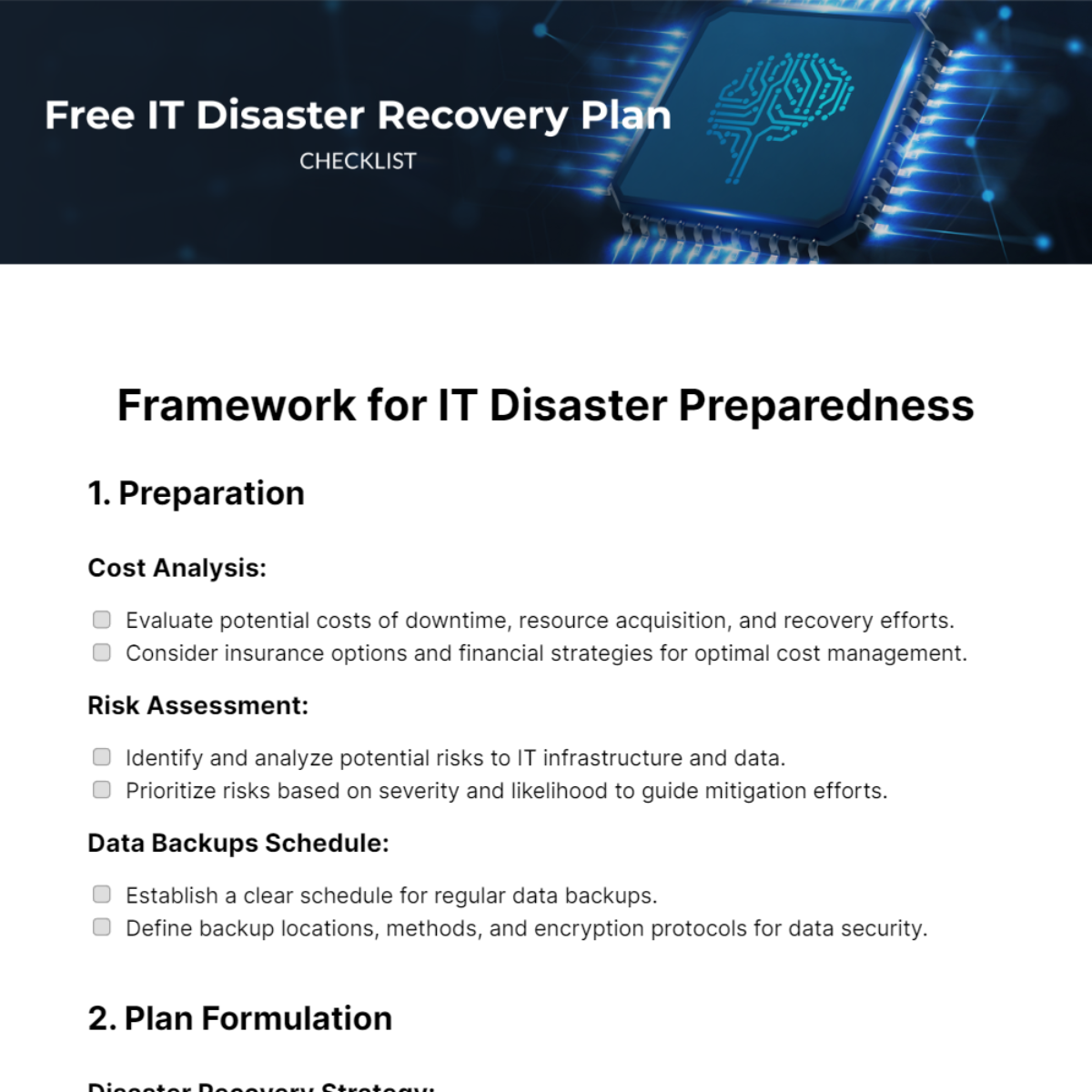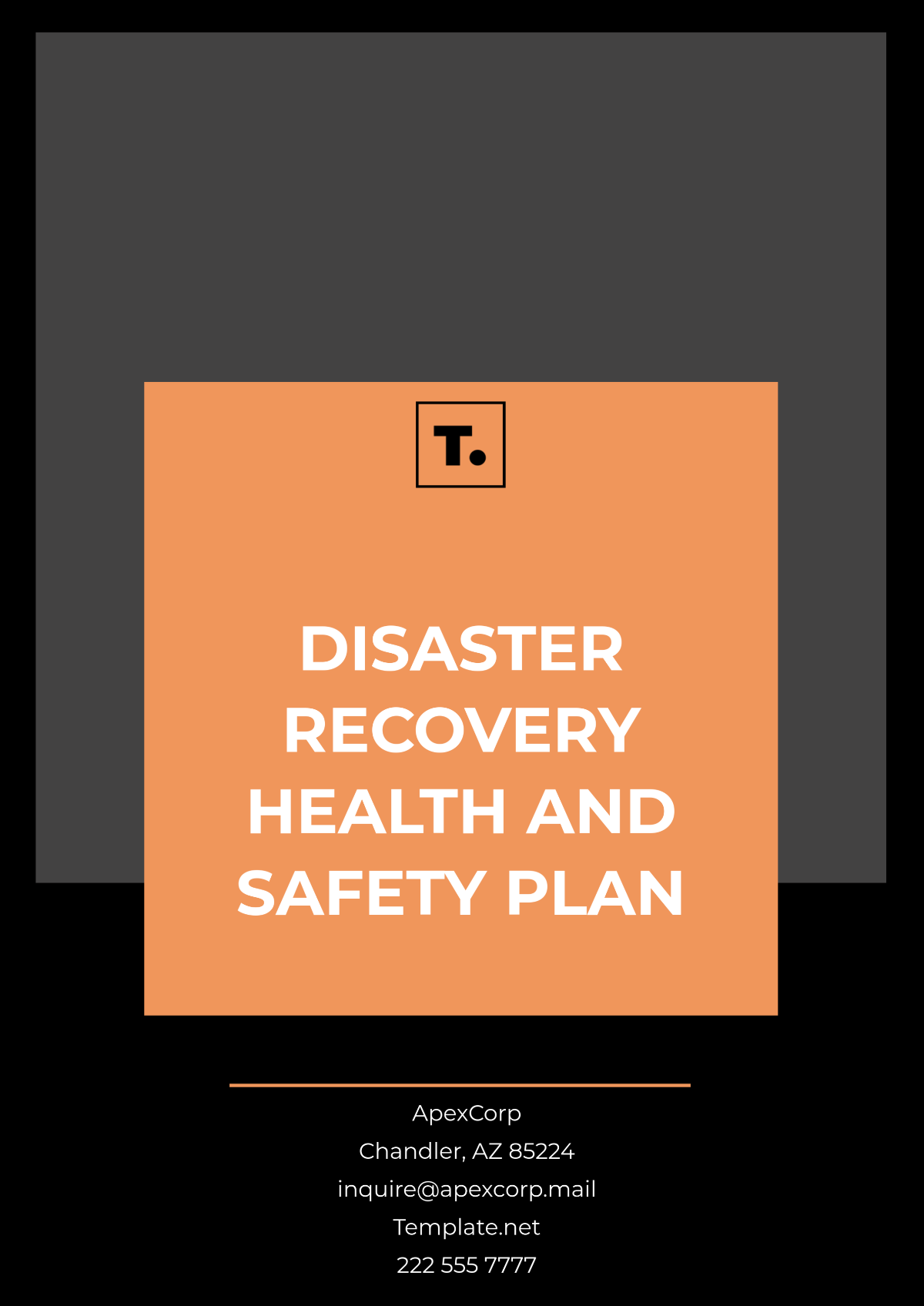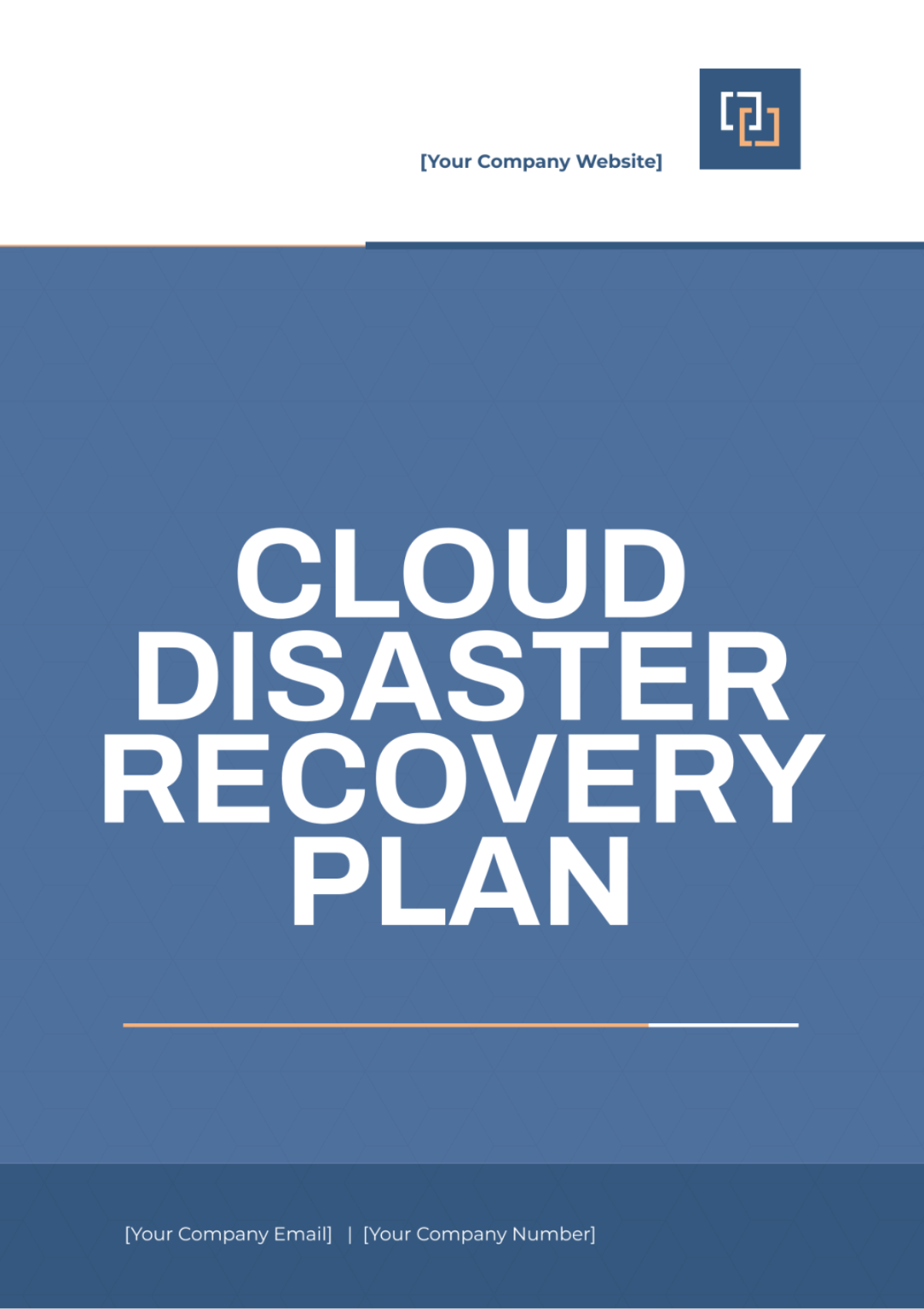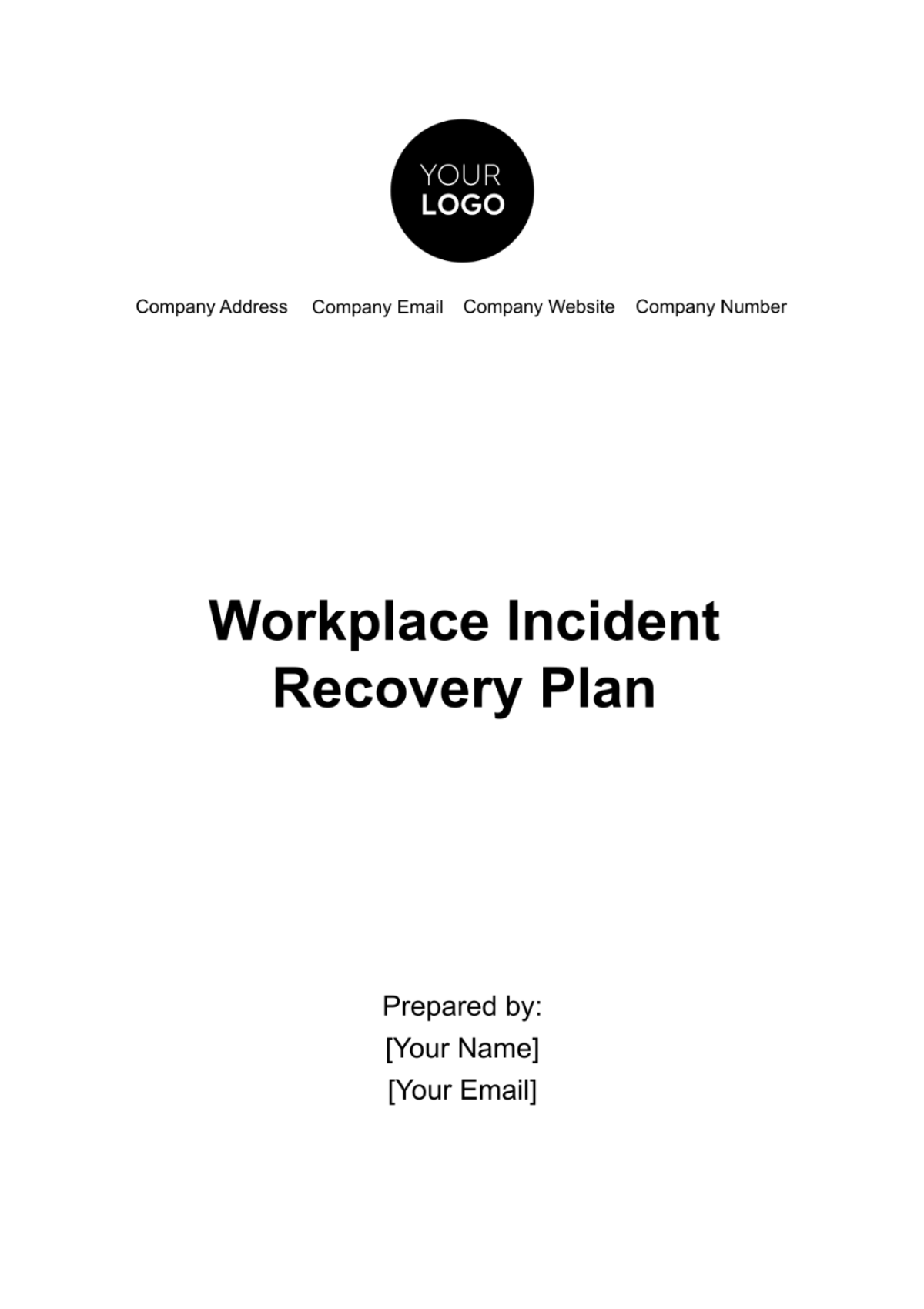Disaster Recovery Security Plan
I. Introduction
The Disaster Recovery Security Plan serves as a critical framework that outlines the strategies, policies, and procedures necessary for protecting and recovering essential data, systems, and operations in the event of various disasters, both natural and man-made. This comprehensive plan is designed not only to minimize disruptions but also to uphold the integrity of the organization during unforeseen circumstances. It recognizes the increasing importance of digital assets and their vulnerabilities, positioning disaster recovery as a cornerstone of effective risk management and organizational resilience.
II. Objectives
The primary objectives of the Disaster Recovery Security Plan are as follows:
Identify and assess potential risks and threats:
Conduct a thorough analysis of potential risks, including natural disasters, technological failures, cyber threats, and human factors, to understand their likelihood and impact.Develop a Comprehensive Response and Recovery Strategy:
Formulate actionable strategies that detail immediate responses, recovery procedures, and restoration of operations tailored to different types of disasters.Ensure data integrity and availability:
Implement protocols and technologies that guarantee data accuracy and accessibility, ensuring that no critical information is lost during a disaster.Minimize service interruption and data loss:
Employ proactive measures to reduce downtime and prevent significant data loss, which can adversely affect business operations and stakeholder trust.Facilitate a Swift Return to Normal Operations:
Establish clear pathways for resuming normal activities post-disaster, allowing the organization to recover swiftly and maintain service delivery.
III. Risk Assessment
Conducting a risk assessment is essential for identifying vulnerabilities and evaluating the potential impact of various threats. This process consists of two main components:
Threat Identification:
Identify various potential threats, including:Natural Disasters: hurricanes, floods, earthquakes, etc.
Cyber-Attacks: malware, ransomware, phishing, etc.
System Failures: hardware malfunctions, software bugs, etc.
Unauthorized Access: breaches due to insider threats or external attacks.
Vulnerability Assessment:
Analyze existing systems and processes to identify weaknesses that could be exploited by the identified threats. This includes evaluating physical security measures, network defenses, employee training programs, and software security protocols.
IV. Disaster Recovery Strategies
Define and implement appropriate strategies to counter the identified risks, ensuring preparedness across all levels of the organization.
Mitigation Measures:
Establish comprehensive policies for:Data Backup: Regularly scheduled backups using both on-site and cloud solutions to ensure data redundancy.
Redundant Systems: Implementing failover systems and alternative sites to maintain operations during disruptions.
Regular Updates: keeping systems and software up-to-date to protect against vulnerabilities.
Response Procedures:
Develop a detailed action plan that outlines the steps to take during each phase of a disaster:Phase
Action
Preparation
Conduct regular training and simulations for all staff to enhance readiness.
Response
Implement immediate containment actions, including activating the incident response team.
Recovery
Restore systems and operations using predefined recovery processes, ensuring minimal data loss.
Review
Analyze the effectiveness of the response, documenting lessons learned and updating the plan accordingly.
V. Data Backup and Recovery
Implement a robust data backup and recovery plan that guarantees data integrity and accessibility.
Backup Schedule:
Establish a regular backup schedule that includes daily incremental backups and weekly full backups. Ensure offsite storage and cloud backup solutions to protect against local disasters.Recovery Plan:
Detail the processes and technologies used to recover data swiftly after a disruption. Include recovery time objectives (RTO) and recovery point objectives (RPO) to measure effectiveness.
VI. Communication Plan
Effective communication is vital during disasters to ensure clarity and efficiency across all channels.
Internal Communication:
Define clear communication channels, such as emergency notification systems and internal messaging platforms, ensuring that responsible parties are designated for updates and coordination.External Communication:
Outline procedures for communicating with customers, stakeholders, and the media during and after a disaster. Prepare template messages for various scenarios to ensure timely and consistent communication.
VII. Testing and Maintenance
An ongoing program of testing and maintenance is critical to ensuring that the disaster recovery security plan remains effective and up-to-date.
Plan Testing:
Schedule regular drills and simulations, including tabletop exercises and full-scale simulations, to test the plan’s efficacy and readiness of the response teams.Plan Maintenance:
Update the plan regularly to reflect new threats, technological changes, and lessons learned from tests. Engage all relevant stakeholders in the review process to gather comprehensive feedback.
VIII. Conclusion
In conclusion, a disaster recovery Security plans security is an essential component of organizational resilience and sustainability. By proactively preparing for potential disasters, organizations can significantly mitigate risks, ensure continuity of operations, and protect their stakeholders. This plan not only enhances an organization's ability to respond effectively to crises but also fosters a culture of preparedness and resilience, which is vital in today's dynamic threat landscape.
